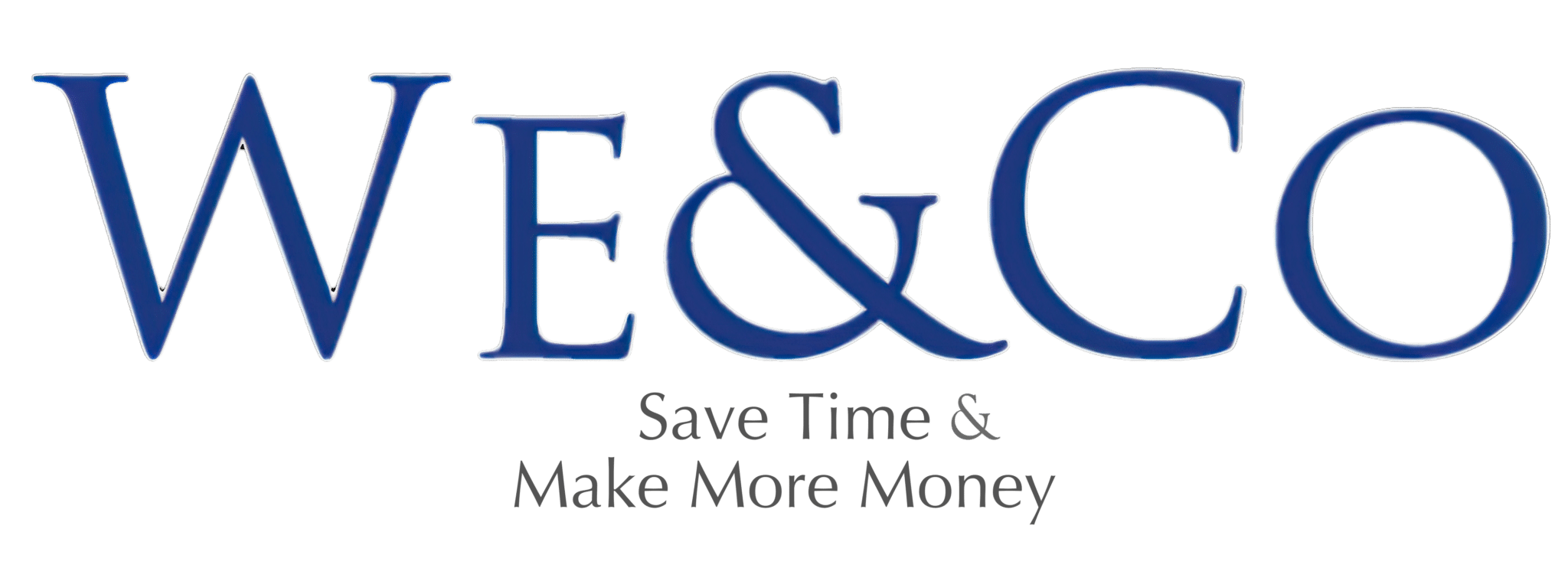The Art of Reading Body Language

Body language mastery is a crucial skill in the business world, and it can drastically improve your networking capabilities. In this blog post, we will explore how to decipher a variety of non-verbal cues.
The Importance of Understanding Body Language
In businesses, networking is an essential part of success. It’s how we form partnerships, discover opportunities, and build relationships. An often underestimated aspect of networking is body language – the subtle cues we give and receive that communicate feelings, attitudes, and intentions.
When someone looks off to the right, it often suggests they are recalling a memory. It is a common indicator that the person is genuinely engaged in the conversation, contributing with real experiences and authentic information.
On the other hand, if a person looks off to the left, they may be constructing thoughts or visualizing scenarios. This doesn’t necessarily mean they’re lying, but it does indicate they’re thinking more creatively or abstractly about the conversation.
Looking down often indicates feelings of shame or embarrassment. In a networking context, this might suggest the person isn’t comfortable, feels intimidated, or is unsure of their contribution. Conversely, when a person looks up, it often signifies they’re accessing their imagination or visual memories, which can indicate engagement and interest in the conversation.
But eye direction is just one piece of the puzzle. Let’s dive into 15 more gestures and their possible meanings!
Decoding Common Gestures
- Folded Arms: A person with their arms crossed over their chest might be defensive or closed-off. This gesture can indicate discomfort or disinterest in the conversation.
- Touching the Nose or Mouth: This can be a sign of dishonesty or discomfort. It’s a common way people subconsciously try to cover their lies.
- Mirroring: If someone is mirroring your body language, it usually suggests they are interested and engaged in the conversation. It’s a subconscious way of building rapport.
- Leaning In: When a person leans toward you, they are showing interest and engagement. This is a positive sign in a networking scenario.
- Leaning Back: Conversely, leaning back can indicate disinterest or disagreement. They may be disengaging from the conversation.
- Touching the Neck or Throat: This is usually a sign of discomfort or stress. It can indicate that a person is feeling uncomfortable with the conversation or topic.
- Fidgeting: Fidgeting can indicate nervousness or discomfort. If a person can’t keep still, they may be anxious or eager to leave.
- Consistent Eye Contact: Constant eye contact often signifies confidence and interest in the conversation.
- Excessive Blinking: This could be a sign of discomfort or dishonesty. It’s a common stress response.
- Nodding: When a person nods while you are speaking, they are showing that they are listening and engaged.
- Face Touching: This can be an indicator of anxiety, discomfort, or deceit. People often touch their face when they’re uncomfortable or not being entirely truthful.
- Rubbing the Back of the Neck: This usually indicates uncertainty or stress. It can be a sign that someone is unsure or feeling pressured.
- Smiling with Closed Lips: A smile that doesn’t show teeth can be a sign of insincerity or discomfort.
- Tight-Lipped Smile: If a person’s smile is tight and doesn’t reach their eyes, they may be hiding something or not feeling genuine happiness.
- Exposing Palms: When someone shows their palms, it’s a sign of honesty and openness. It’s a positive sign in a networking scenario.
Remember, these cues can vary based on context and individual behavior. While these signs can help you better navigate your interactions, they’re not foolproof. When in doubt, direct communication is always the best approach.
Tips to Improve Your Body Language Reading Skills
Being aware of these cues is the first step, but practicing and improving your reading skills is what will set you apart in a networking scenario. Here are a few suggestions:
- Practice Observation: Start observing people in different settings – in a café, on the street, in your workplace. This will help you understand how body language varies in different situations.
- Seek Feedback: Ask someone you trust to give you feedback on your body language. This will give you insight into how others perceive you.
- Learn from Experts: There are several books and online courses on body language. A great starting point is Joe Navarro’s book, “What Every BODY is Saying.”
- Practice Mindfulness: Being mindful and present in conversations will help you pick up subtle non-verbal cues. Try mindfulness exercises to improve your focus and presence.
- Trial and Error: Experiment with different approaches to understand what works best. Observing the impact of your body language on others can provide valuable insights.
In the world of business networking, the importance of understanding body language can’t be overstated. With practice and awareness, you can become proficient in reading the unspoken cues, improving your networking prowess and overall business success.
Remember, body language is a form of communication, and just like verbal communication, it requires practice and understanding to get right!
Relevant Sources:
- The Definitive Book of Body Language by Allan and Barbara Pease
- What Every BODY is Saying by Joe Navarro
- Your Body Language Speaks Volumes – Tips for Improvement
- Body Language Basics from Psychology Today
- The Power of Body Language in Business from Forbes
About We&Co Huddles
We&Co is a professional co-oping & professional networking business that was founded in Springfield, Missouri in 2020. While there are many professional networking groups in and around the United States, We&Co focuses on creating small industry-specific groups with five to ten professionals who all have the same target audience but offer different products and services.
In essence, professionals come to us when they want to save time while making more money. These industry-specific groups are essential pods of professionals surrounded by their ideal referral partners.
These small groups of referral partners (called “Huddles) meet up twice a month for an hour and talk strategy on how to become that one-stop-shop for their clients. If you are a professional who is interested in joining or launching your own We&Co co-op (or “Huddle” as we like to call them), feel free to email us here and remember to sign up for a FREE 14-day trial (no credit card details needed).

